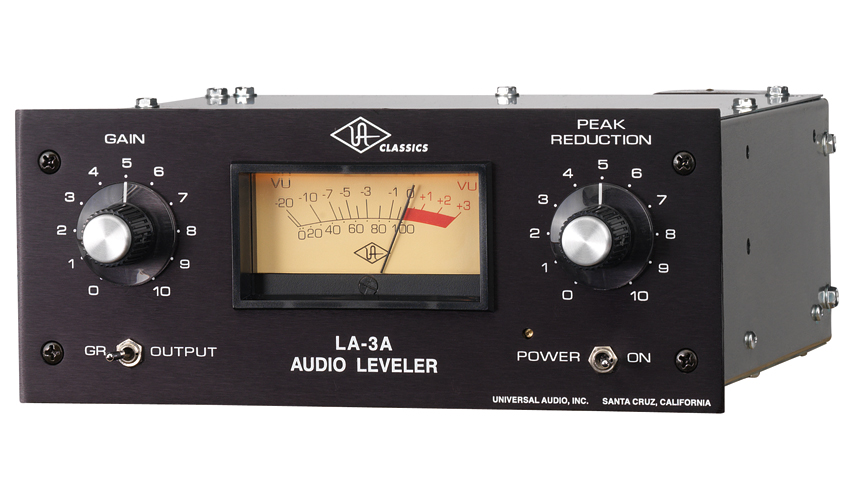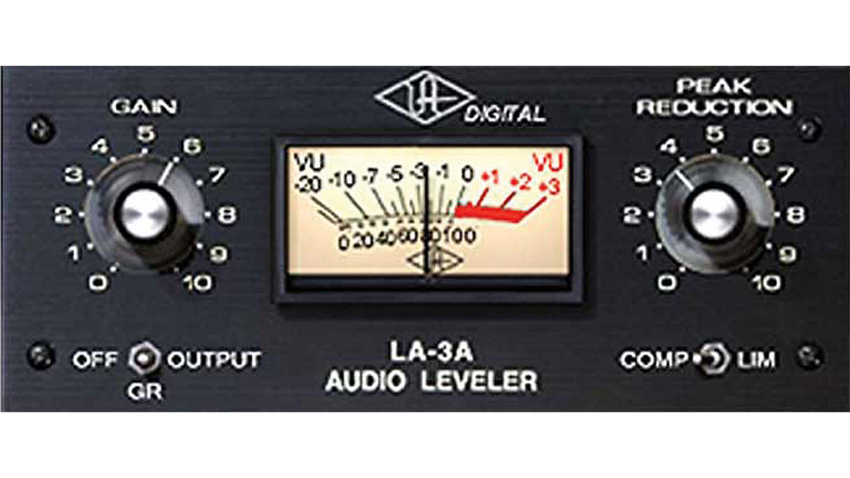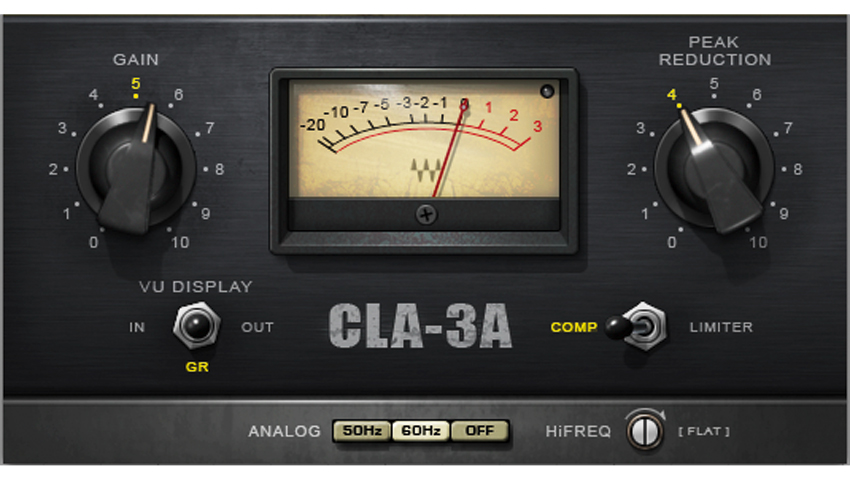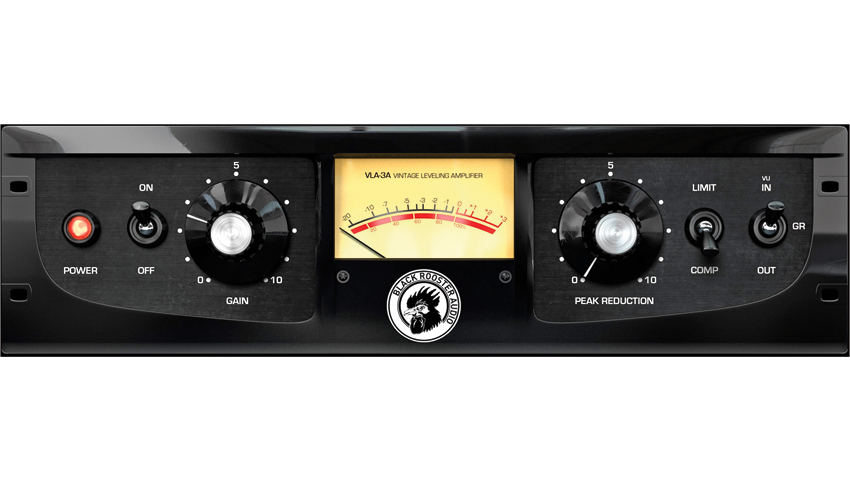Blast from the past: Urei LA-3A
It doesn’t carry the gravity of its predecessor and isn’t as ubiquitous as the 1176, but this half-pint powerhouse packs a punch

Ask any budding recordist to name a famous compressor and they’ll likely respond with one of Universal Audio’s other proliferate pair, the tube and opto-isolator-based LA-2A or the solid-state 1176. They’d be right to do so, too, as those units have worked their magic on more than a few classic recordings. Both have been re-issued by Universal Audio and continue to sell well today, while vintage Teletronix LA-2As and Urei 1176s go for a pretty penny on the secondhand market.
Yet the designer behind the venerable 1176, Brad Plunkett, also lent his hand to a direct successor to the LA-2A in the form of the Urei LA-3A (initially badged as a Teletronix LA-3A). This odd duck was half the size of an 1176 and downright diminutive compared to the massive 3U LA-2A. Still two rack-spaces high, but only a half rack in width, the LA-3A seemed designed to be sold in pairs, as indeed it often was.
Released in 1969, the LA-3A - like its tube-based papa - derived its response characteristics from the legendary T4b opto-isolator, which consisted of an electro-luminescent panel paired with a photo-sensitive resistor. The louder the signal coming in, the brighter the electro-luminescent panel. The photo-resistor reacts to this light and the signal gain is reduced.
Though it used a T4b, the LA-3A didn’t have a fixed attack like the LA-2A. While the attack for small transients will be similar to the older model, the LA-3A reacts much more quickly to larger transients, due to the solid-state components driving the luminescent panel. Like the LA-2A, the ’3A offers only a pair of knobs with which to play: Gain and Peak Reduction, used to dial in the amount of processing and signal level. It’s a doddle to use and something of a relief after nearly two decades of parameter-packed plugins. Vintage units had a switch around the back to toggle between compression and limiting - a common mod brings this switch up to the front panel, more often than not accompanied by a bit of Dymo tape labelling.
Engineer extraordinaire Bob Clearmountain singled it out as part of the chain used to record Bryan Ferry’s vocals on many a classic, and it was present in the remote van used to record Prince’s Purple Rain.
The LA-3A parts ways with its predecessor by ditching the valve-based circuits for a then-modern solid-state design that shares some similarities with the 1176. This results in a much less coloured signal than that of the LA-2A, but also one that works wonders on the lower-midrange frequencies, making it a favourite for electric guitar and male rock vocals.
The LA-3A was something of a sleeper - it was sold for well over a decade, being quietly discontinued in 1981. Recently, Universal Audio re-issued it for what turned out to be a limited time. Prices of secondhand units are now steadily climbing as engineers across the globe are rediscovering the delights of the dynamics dynamo. If you can score the real deal, you’ll be in good company. Engineer extraordinaire Bob Clearmountain singled it out as part of the chain used to record Bryan Ferry’s vocals on many a classic, and it was present in the remote van used to record Prince’s Purple Rain.
If you can’t (or won’t) grab the hardware version, you can avail yourself of one of the clones shown below.
Get the MusicRadar Newsletter
Want all the hottest music and gear news, reviews, deals, features and more, direct to your inbox? Sign up here.
Three great plugin LA-3A alternatives

Universal Audio Teletronix LA-3A
If you want a killer copy, go to the source - assuming you have a UAD-2 or Apollo interface, that is. If you do, you can get this luscious leveller that recreates each and every characteristic of the original Urei Teletronix LA-3A, and you won’t need any funky hardware adapters to fit it into your rack.
FULL REVIEW: Universal Audio Teletronix LA-3A

Waves CLA-3A
Bundled with clones of the LA-2A and 1176 as part of the Chris Lord-Alge Classic Compressors bundle, this is a meticulously modelled emulation of the original LA-3A that aims to meet the demands of the producer who lent his name to the collection. As with the real thing, you get compressor and limiter modes.
FULL REVIEW: Waves CLA-3A

Black Rooster Audio VLA-3A
This cross-platform clone of the LA-3A promises to capture the entire circuit path of the LA-3A, including the all-important T4b opto-isolator cell. VST and AU versions are available, and if it’s anywhere near as good as Black Rooster’s other plugins, it should be a knockout.
READ MORE: Black Rooster Audio VLA-3A


Computer Music magazine is the world’s best selling publication dedicated solely to making great music with your Mac or PC computer. Each issue it brings its lucky readers the best in cutting-edge tutorials, need-to-know, expert software reviews and even all the tools you actually need to make great music today, courtesy of our legendary CM Plugin Suite.










